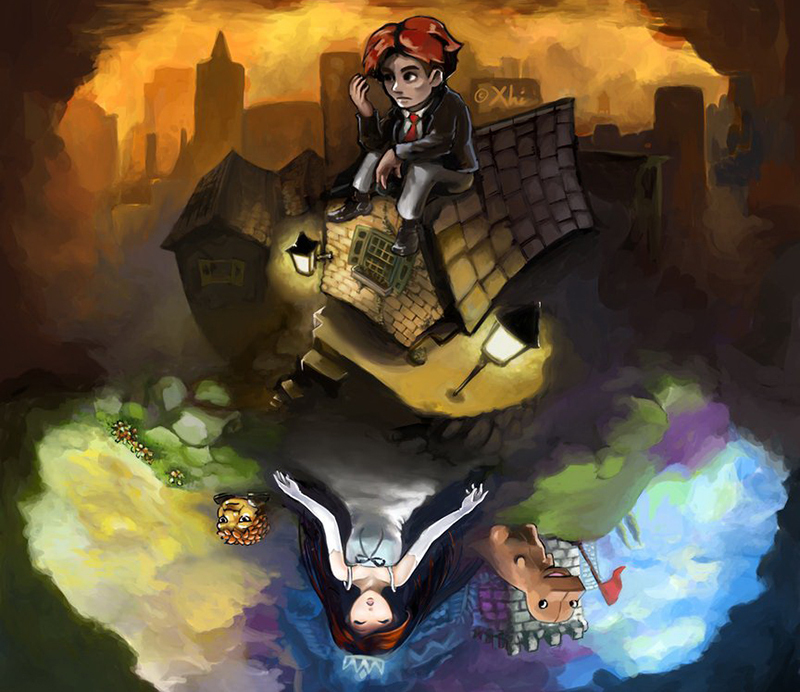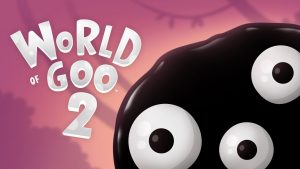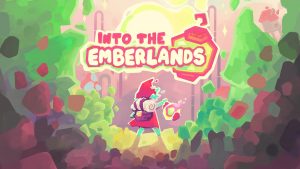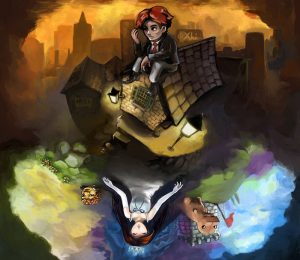
Braid is a landmark game in the history of the industry, as it was one of the first truly successful indie projects in the modern sense of the word. But its cult status didn’t help it: the sales of the fresh re-release were terrible.
The game’s director Jonathan Blow talked about it on his streams. An excerpt from several comments of the developer was given by Blow Fan channel.
Braid has sold terribly. Well, it all depends on what your standards are. If you compare Braid to nostalgic releases like Jeff Minter’s game on Steam or the Atari 50, it sold much better. But it still sold crap compared to how much we need for the company to survive.
Our future hangs in uncertainty, let’s put it that way. Things are not good out there.
On another stream, Blow was asked the question, “Did it help Braid that it’s now out including on Sony platforms?” (the original was originally only available on Xbox 360 and got to other devices with significant delays).
The difference is noticeable, but the problem is that most of those platforms are fucking dead now. Steam is by a margin our biggest platform.
Another detail Blow shared is that in his opinion, trade shows don’t work as a tool to promote a game. They are valuable in other ways: first, developers see people playing their game and can gather feedback from average users, and second, it’s a good final deadline for internal processes. For example: “We have a trade show in a month, so let’s get together and polish our game properly.”
Blow is currently working on his own programming language, Jai. It’s designed for video game creators and aims to provide more functionality for less code. But due to the failure of the Braid re-release, no one is really working on Jai right now (except Blow, apparently).
Braid, Anniversary Edition offers improved graphics and sound, a new world with additional puzzles, and extensive developer commentary at a level of meticulousness rarely seen in games.
Anniversary Edition has 94% positive reviews on Steam, but sales, if estimates from SteamDB are to be believed, range from around 20,000 to 100,000 copies.





